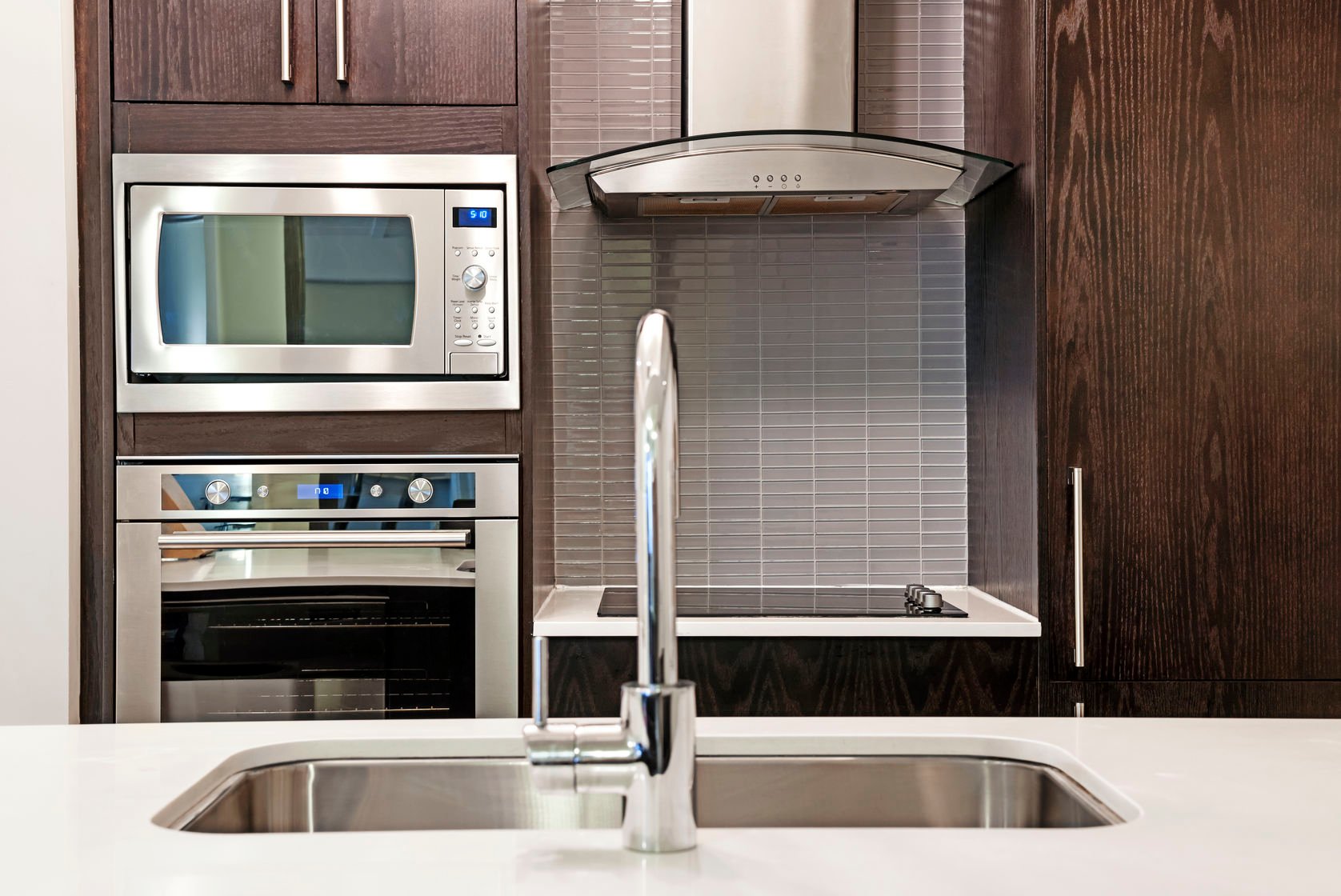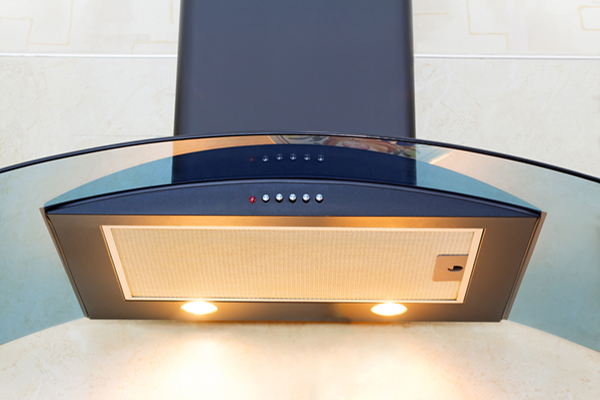Décor
Maintaining your home’s interior is key, whether your décor is an extension of your personal style or you just want a functional space to put your stuff. From trending paint colors to DIY remodeling tips, we have resources to help you create a home interior that reflects both what you like and what you need.

